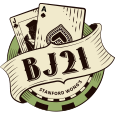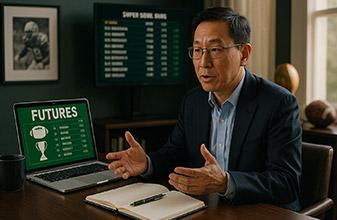I am neither a professional nor semi-professional BJ player. I am simply a recreational player that has used Revere's system successfully for over ten years. With a spread of 5 to 35 bucks I've managed to use the casinos as my own little atm machine.
I recently bought Stanford Wong's Professional BJ book for the purpose of determining if there are better systems out there than Revere's. After reading about the Halves strategy I realized that if you doubled the card count values you essentially have Revere's card count values with the exception of 5s and 9s. 5s are more valuable and 9s less valuable in the Halves strategy.
However, I noticed something in the playing strategy tables that I can not explain. The playing strategy numbers are nearly identical across the two systems and yet the card values of Halves is half that of Revere's. It would seeem to me that the Halves playing strategy numbers would be 50% of Revere's playing strategy numbers. For example, the decision numbers of 12-15 vs 2 is 3,0,-3,-6 in both systems. Likewise 12-14 vs 3 is 2,-1,-4. There are differences in the 2 tables but they are small. Can anyone explain to me why the playing strategy numbers are so similar and yet two 2s removed from from a deck according to halves is identical to a single 2 removed according to Revere?
I suspect that the Halves strategy is somewhat more powerfull than Revere's but is it powerfull enough to justify learning a new system with all the mistakes that go with learning a new system before one becomes proficient like I am with Revere?
Also, one last question. Is anyone familiar with a good BJ simulation program that runs on a Mac?










